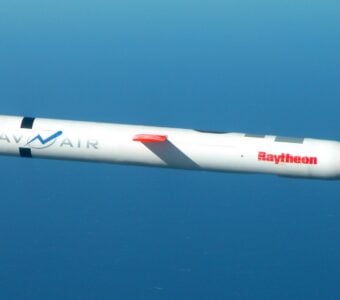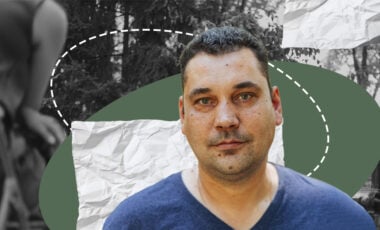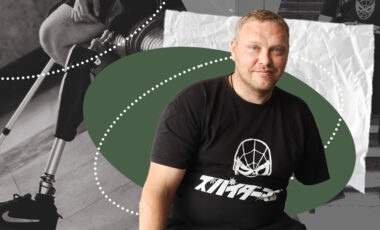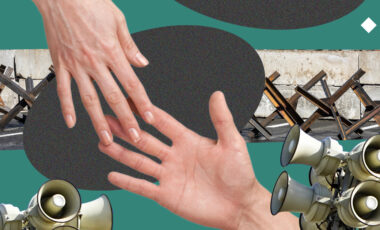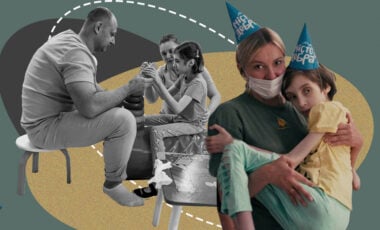Ukrainian soldiers recently released from Russian captivity start initial rehabilitation
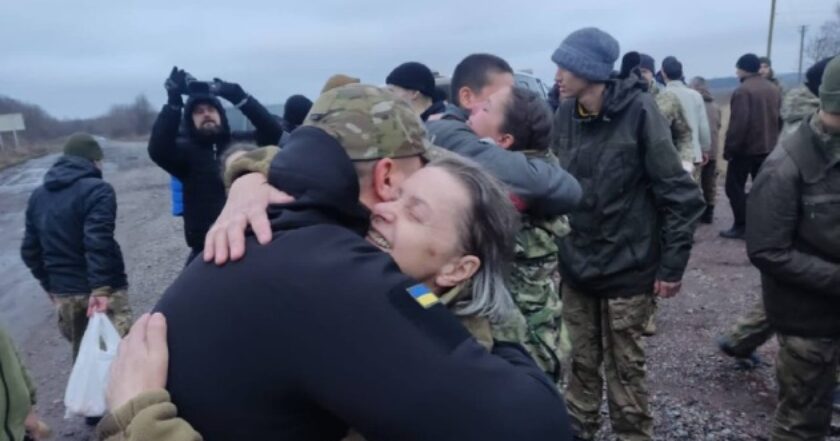
The Coordination Staff for Dealing with Prisoners of War explained how the initial rehabilitation of recently liberated Ukrainian defenders takes place, Rubryka reports
What's the problem?
Russia is slowing down the exchange process and is not in a hurry to return prisoners. However, according to intelligence, the so-called elections in Russia are putting pressure on this issue.
The swap that took place on January 3 was not only the first in the last six months but also the largest in terms of the number of returned defenders.
During the full-scale war, 2,828 Ukrainians have been released from Russian captivity, and this process will continue. Ukrainian soldiers return home exhausted and, in most cases, with chronic illnesses.
"We know from those who have returned that Russian captivity means torture by hunger, keeping prisoners in unsanitary conditions, the inability to go outside for months, denial of medication or medical assistance, regular beatings, torture with electric current, and hiding their whereabouts," said the Association of Families of Azovstal Defenders.
What's the solution?
As explained by the Staff, the exchange itself is a relatively short-term event associated with military risks because it can take place in a dangerous zone.

Photo: Telegram/ Andrii Yermak
"The task at this stage is to make sure that all agreed-upon individuals for exchange have actually arrived. If there is information that the health condition of someone being exchanged does not allow them to move, ambulances are prepared in advance for them," the statement said.
After the exchange, the initial rehabilitation of the liberated Ukrainian defenders begins.
How does it work?
In a secure location, the liberated soldiers are provided with backpacks containing essential items: hygiene products, underwear, seasonal clothing, footwear, and a mobile phone with a starter package for communication with relatives. They are given the opportunity to wash up and are provided with a nutritious diet.
Then, those released from captivity undergo a primary examination by doctors. The defenders are instructed regarding the peculiarities of their condition, including dietary restrictions.
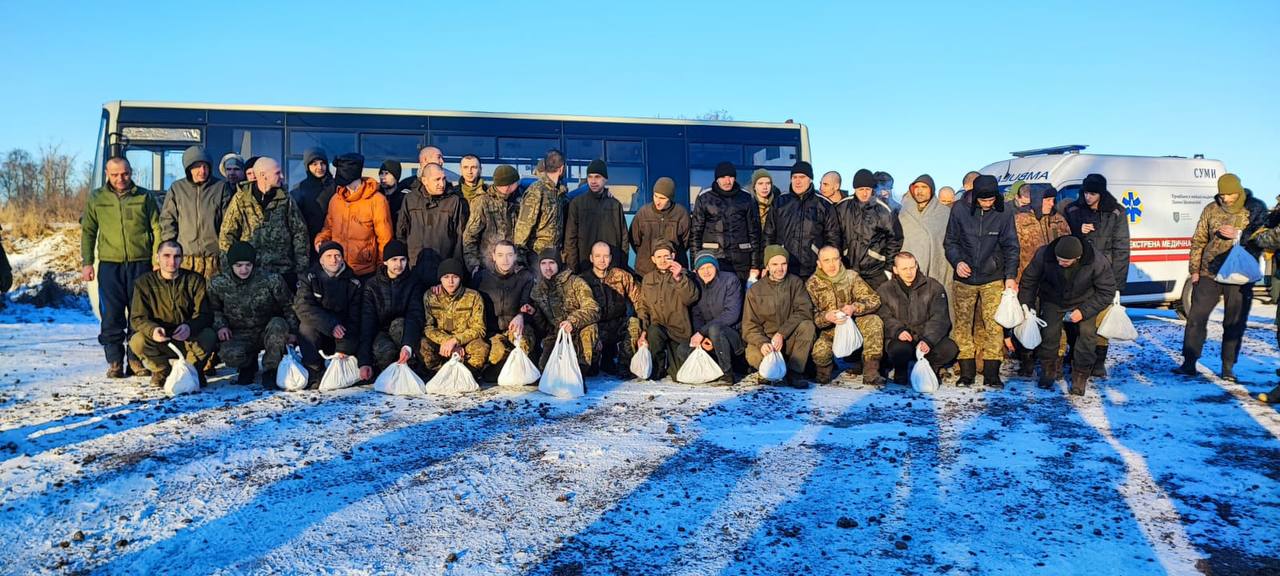
Photo: Telegram/ Andrii Yermak
"During the first weeks after release, one should adhere to a diet. Complications after abundant eating can be very serious," said the Coordination Staff.
After the medical examination, the liberated soldiers are sent to healthcare institutions. There, qualified doctors and psychologists, experienced in working with people who have experienced captivity, work more thoroughly with them. They accompany released servicemen and civilians in the initial stages of returning to normal life after a traumatic experience, help restore skills and social connections, and maintain control over their own lives.
Representatives of the Coordination Staff also communicate with all those released to learn more about their fellow soldiers and comrades who may still be in captivity.
"The initial recovery process lasts for a minimum of three weeks. It includes medical procedures, work with psychologists, the restoration of lost documents, and bank cards," said the department. "During this time, the released individuals also receive one-time assistance and access to funds they received as financial support throughout their time in enemy captivity."
During this time, those released from captivity reintegrate into society, continue rehabilitation in their places of residence, take leave, and undergo a military medical commission. The Coordination Staff stated that they are working on extending the rehabilitation period.
In related news, among the Russian prisoners, there are those whose return is of interest to the leadership of Russia, so Ukraine is ready for any creative solutions to bring back its military.







